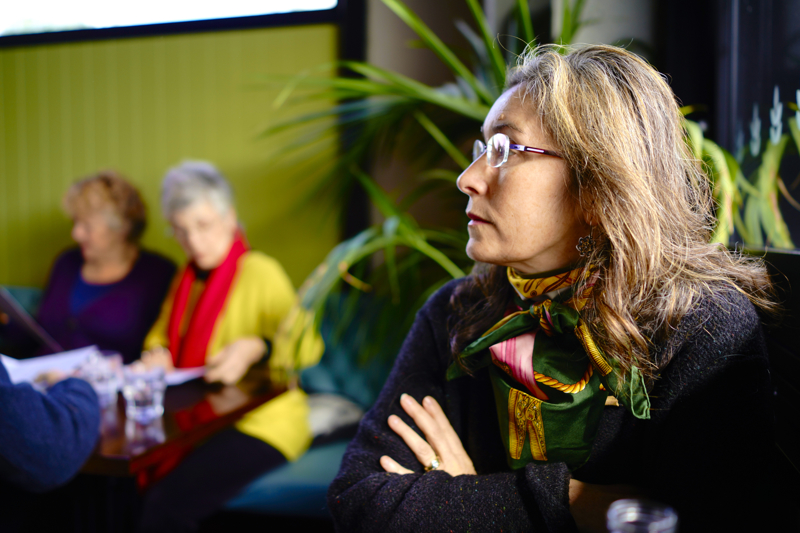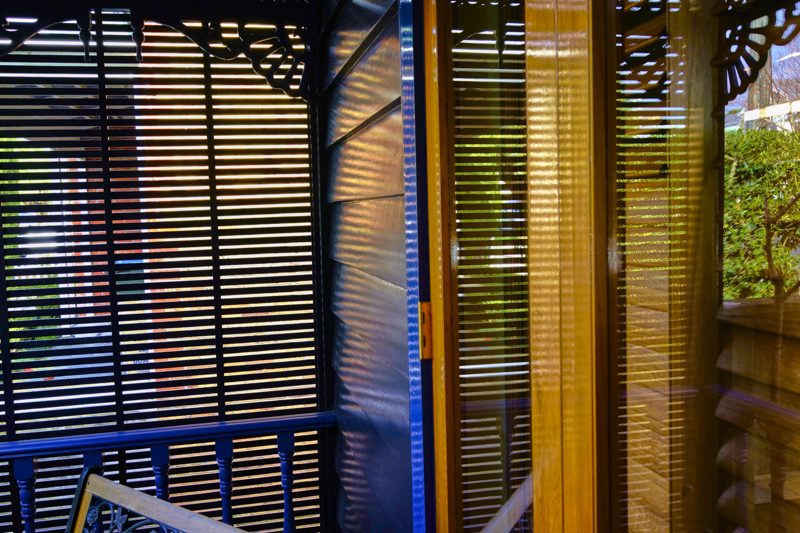Concentrate on One Focal Length
Episode #2 of the course Easy exercises to upgrade your photography by Tom Ang
Hi!
This next exercise might feel like tying your hands behind your back. We love zoom lenses because we can set different magnifications so easily.
But it’s also a bit of a trap. Choosing a zoom setting is an extra decision you have to make. I’ve watched photographers miss a shot through messing with the zoom.
Well, think about this: Most photographers of the past only ever used a single focal length lens. It was not until the latter part of the 20th century that zoom lenses were the norm. Many legendary photographers used only one focal length—the normal—for their entire working lives.
Fix the Zoom
Get yourself a short piece of sticky tape—gaffer tape is best, as it doesn’t leave too much residue—and stick it on the lens to stop the zoom moving. It doesn’t matter what the setting is, just go with whatever it’s at. Promise yourself you won’t take the tape off for a week. (If you’re using a compact camera that tucks its lens in when you turn it off, simply use the default or starting focal length.) For the next week, you will photograph with only that one focal length.
Now, let’s go out and make some photographs. You may find discomfort sets in immediately: You want a certain setting but you’re stuck with what you have. Or, you may find yourself quite enjoying not having to use the zoom control.
Besides, limiting yourself to a fixed focal length lens offers you some huge advantages:
• You don’t need to think which lens, which focal length setting to use: You just use the camera.
• You don’t confuse your sense of composition by zooming in and out of a scene.
• This exercise sharpens your sense of composition. Because it’s fixed, it’s easier to learn what the lens sees. That, in turn, trains your eye, and it’s with a trained eye that photography becomes easier and easier.
• You are learning to visualize the image before you capture it. As you get used to the limitation of focal length, you will find yourself adjusting what you look for to photograph. At the same time, you start to position yourself to ensure that the lens will get your shot. That is a huge skill to acquire.
• Training with stuck-down zoom lens prepares you for working with primes, because as you advance in photography, you may wish to try using fixed focal length or prime lenses. These can give you the ultimate in image quality.
When you get tired of the first focal length, try a different setting—one that’s opposite to the first.
The examples below were all made a single focal length, 35mm. All images are uncropped (so there’s no cheating there!). I’m showing them for you to see what kind of variety is possible—not to imitate or to try to copy.


That’s all for today.
Tomorrow, we’ll master your feeling of time.
Have fun!
Sources of inspiration
Many great photographers based entire sections of their work using only one lens. The most famous is Henri Cartier-Bresson.
Others include Marc Riboud and Irving Penn.
Recommended book
Digital Photography Essentials by Dorling Kindersley, Tom Ang
Share with friends

